Together with Sponge Divers in Bodrum / Turkey
- Written by Portal Editor
Turkey is the most important producer of bathing sponges. In May, the men of the villages around Bodrum set sail on their narrow boats along the western coast for five months to look for sponges.
During the last few years, Turkey has developed into the biggest producer of sponges world wide - ahead of Cuba, Mexico, the Antilles Islands, the United States of America and Greece.
Turkey exports about 15 tons of sponges ever year. Until the effects of tourism and a fungus epidemic in 1986 killed lots of sponges, diving for them was the most important job for the fishermen and their families in the Bodrum area.
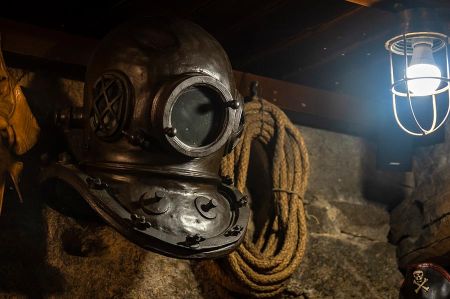 Today they prefer to rent out their boats for small trips for tourists instead of sending young divers into the ocean for "sünger", as sponges are called in Turkey. Even so, a lot of young boys start diving for sponges, like their fathers did, at the age of fourteen. For about 3000 years, the people on this peninsula made their living from sponges. The ancient Greeks used sponges for bathing, for cleaning tables and floors, and also to make their suits of armour a little smoother. The Romans used them for painting, fixing them to long pieces of wood to reach high places and sometimes they even used them to store drinking water.
Today they prefer to rent out their boats for small trips for tourists instead of sending young divers into the ocean for "sünger", as sponges are called in Turkey. Even so, a lot of young boys start diving for sponges, like their fathers did, at the age of fourteen. For about 3000 years, the people on this peninsula made their living from sponges. The ancient Greeks used sponges for bathing, for cleaning tables and floors, and also to make their suits of armour a little smoother. The Romans used them for painting, fixing them to long pieces of wood to reach high places and sometimes they even used them to store drinking water.
Gold from the bottom of the ocean
"Gold from the bottom of the ocean" could be the name of these valuable sponges. They are porous animals of geometric shape which grow between 10 and 70 metres deep on stones in the ocean. World-wide, there are known to be more than 5000 different sorts of sponge living in the salty waters of the oceans. Only a few are able to live in the fresh water of lakes and rivers. Sponges vary in size, growing up to one metre in diameter.
"The best sponges have big holes and, after being squeezed, return to their original shape and size", explains Selim Dincer. He should know because he is a specialist in sponges working at the Bodrum Institute for Marine Biology.
A sponge diving team normally consists of five divers, one leader on the boat and a cook. They all belong to the team, living and working on a boat called as tirandil, built in the Bodrum area with a framework of wood and about 10 metres in length. One session of diving normally lasts about two to three hours. The equipment consists of a diving suit, a mask and, most important of all, the pump. Below the water, the diver breathes through a pipe called as nargile (water pipe) or "hookah". With the help of this equipment, divers can reach depths of 150 metres. But the deeper the diver goes, the bigger the risk to the diver, which can lead to long-term injury and even the death of a young diver. When someone is suffering from this problem, they need to be got into a decompression chamber within 24 hours.
Quite often sponge divers find wrecks of old ships or ancient amphoras. "When they cut a living sponge, it looks more or less like a glued piece of leather, much different than the sponge we know in our bathroom." So says an American author of books about marine biology when writing about animals without a spinal column. When freshly brought home from the sea, sponges look like stomach sacks.
The Sponge Divers of Bodrum: A Fascinating Chapter in Turkish History
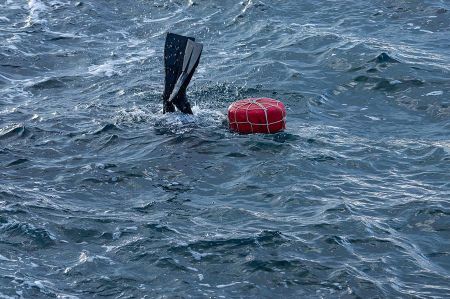 The pearl of the Turkish Aegean, Bodrum is not only known for its picturesque beaches, historical sites and the impressive Mausoleum of Halicarnassus, but also for a centuries-old tradition: sponge diving. This fascinating craft has shaped the region and is an integral part of Bodrum's cultural identity.
The pearl of the Turkish Aegean, Bodrum is not only known for its picturesque beaches, historical sites and the impressive Mausoleum of Halicarnassus, but also for a centuries-old tradition: sponge diving. This fascinating craft has shaped the region and is an integral part of Bodrum's cultural identity.
The Origins of Sponge Diving in Bodrum
Sponge diving in Bodrum dates back to ancient times. Sponges were already being brought from the depths of the Mediterranean in the times of the ancient Greeks and Romans. The waters around Bodrum, with their clear waters and rich seabed, provided ideal conditions for sponge diving.
In the 19th and early 20th centuries, Bodrum was one of the most important centres for sponge diving in the Eastern Mediterranean. Sponges were extremely sought after at the time and were prized as luxurious household and bathing items in Europe and beyond.
The hard life of sponge divers
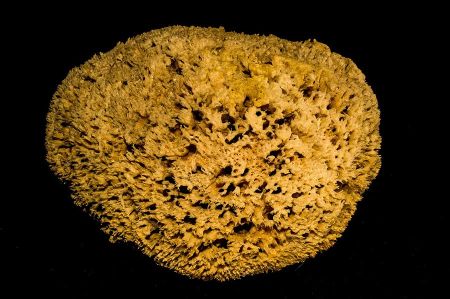 The work of sponge divers was extremely dangerous and required courage, skill and endurance. In the early days, the men dived without modern diving equipment, with only a weight to pull them into the depths and a simple breathing tube.
The work of sponge divers was extremely dangerous and required courage, skill and endurance. In the early days, the men dived without modern diving equipment, with only a weight to pull them into the depths and a simple breathing tube.
The divers often spent several minutes underwater to remove the valuable sponges from the rocks. The risks were high: from the risk of drowning to the so-called decompression sickness to attacks by marine animals.
The economic importance of sponge diving
For the people of Bodrum, sponge diving was long one of the main sources of income. The sponges were cleaned by hand, dried and then sold in the markets of Istanbul, Athens and even European capitals.
Over time, Bodrum became an international trading centre for sponges. Demand was high and many families lived exclusively from this business.
The decline of sponge diving
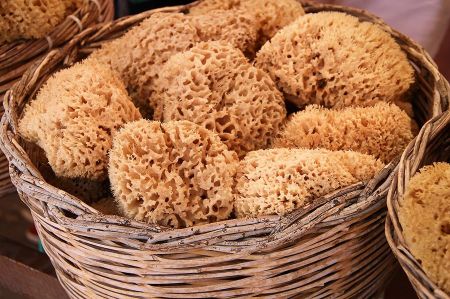 From the middle of the 20th century, the decline of sponge diving in Bodrum began. The introduction of synthetic sponges and the overfishing of natural stocks led to a drastic decline in sponge production.
From the middle of the 20th century, the decline of sponge diving in Bodrum began. The introduction of synthetic sponges and the overfishing of natural stocks led to a drastic decline in sponge production.
In addition, the increasing industrialization and tourism in Bodrum has increasingly displaced the profession of sponge diving. Today, there are only a few sponge divers left to keep the tradition alive.
The importance of sponge diving today
Although sponge diving in Bodrum no longer has the same economic importance as it once did, it remains an important part of the region's cultural identity. Museums and exhibitions, such as the Bodrum Museum of Underwater Archaeology, allow visitors to learn more about the history and techniques of sponge diving.
In addition, some shops in Bodrum still sell handmade sponges as a souvenir of this fascinating tradition.
Conclusion
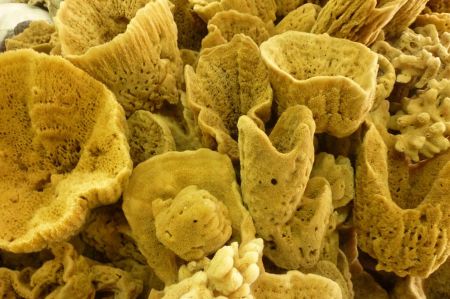 The sponge divers of Bodrum are an impressive example of human ingenuity and the ability to work in harmony with nature. Although this tradition has almost disappeared today, it remains a symbol of the region's rich history and culture.
The sponge divers of Bodrum are an impressive example of human ingenuity and the ability to work in harmony with nature. Although this tradition has almost disappeared today, it remains a symbol of the region's rich history and culture.
A visit to Bodrum is not only an opportunity to enjoy the beauty of the Turkish Aegean, but also a journey into the past to discover the stories of the brave sponge divers who once shaped life in this region.
Please read as well: